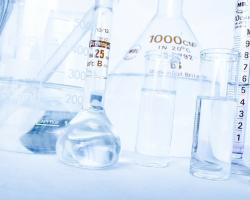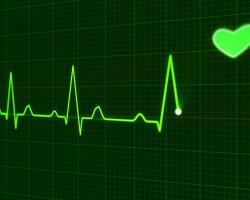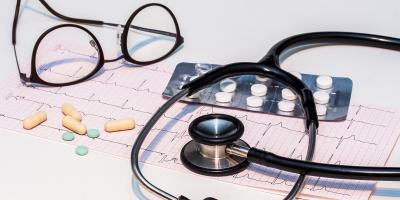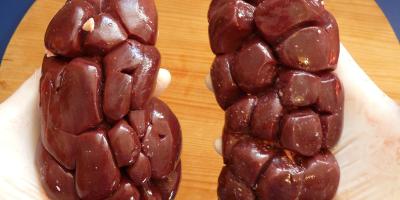Heartburn is a burning pain in the middle section of the chest. Healthy individuals can occasionally develop heartburn after a stodgy, fat meal. However, when experienced frequently heartburn should not be neglected as it might indicate a chronic disease of the gastrointestinal tract.
Heartburn causes the regurgitation of ingesta, along with the gastric acid, to the gullet. This is caused by a dysfunction of the lower oesophageal sphincter, located between the gullet and the stomach, which happens, for instance, when it is too weak or inappropriately loose.
This condition is more frequent among obese people and might manifest itself after a hearty, fat or hot meal. Alcohol and caffeine increase the severity and frequency of heartburn. It is also best to avoid carbonated drinks.
To avoid heartburn, do not lie down right after the meal – wait for up to two or three hours.
Sporadic occurrence
It is a common belief is that heartburn can be dealt with by drinking milk or mint tea. What milk does, however, is to only temporarily neutralise the acid in the gullet. Mint, in turn, while neutralising the gastric acid, increases salivation and inhibits the function of the oesophageal sphincter.
When sporadic, heartburn symptoms can be dealt with by non-prescription medicines that neutralise gastric acid, the main component of which is hydrochloric acid. These medicines contain, among other things, calcium and magnesium carbonate, or aluminium and aluminium hydroxides. They work fast but the effects are short-lived. Pharmacies also offer medicines containing ranitidine which inhibits the release of hydrochloric acid.
Some medicines, such as nitrates and theophylline, cause the lower esophageal sphincter to relax, so if the symptoms are recurrent, it is worth consulting their further use with a physician.
Heartburn vs. reflux
Do not downplay heartburn. When chronic, it might cause inflammatory mucosal lesions of the gullet, and the consequential ulcerations and scarring that cause oesophageal stricture and swallow difficulties.
Frequent and exacerbating heartburn symptoms might suggest that the underlying cause is reflux, a disease in which stomach acid comes up from the stomach into the gullet. Paraesophageal hernia can be the underlying cause of this condition
If there is a suspicion of reflux disease, the oesophageal and gastric mucosa are examined by means of endoscopy.
Treating reflux disease involves the mitigation of symptoms to prevent complications. If the symptoms are mild, it might be enough to cut down on fatty foods, sweets and alcohol. Obese people should try to reduce their weight back to normal.
Surgery as the last resort
If the reference efforts are unsuccessful, patients use medicines that reduce gastric acid production (e.g. pump-proton inhibitors) and increase tension in the lower oesophageal sphincter.
If the heartburn symptoms continue despite treatment, surgical intervention becomes an option to be considered. In this procedure, a “valve" is created between the gullet and the stomach by wrapping the upper part of stomach around the lower part of gullet.
Severe oesophagitis may cause the normal oesophageal epithelium into a typically gastric epithelium. This abnormality is diagnosed as Barrett's oesophagus, which is a serious complication considered to be a pre-cancer condition.
For several years now, Barret’s oesophagus has been treated by a minimally-invasive method called HALO. This procedure uses radiofrequency energy to deliver heat energy to the diseased tissue. It is an outpatient procedure that lasts for up to 30 minutes.









Comments (0)